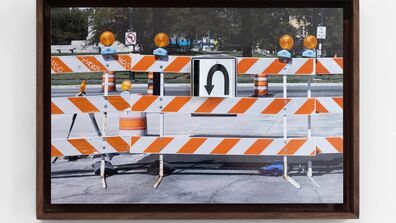
Wilbert R. Hasbrouck
In February of this year, Chicago lost one of its pioneering preservation architects, Wilbert R. Hasbrouck, FAIA. With a career stretching over 40 years, Hasbrouck personified the multidisciplinary nature of preservation: as author, editor, collector, activist, and architect.
Hasbrouck was among the architects and preservationists who saved H. H. Richardson’s Glessner House from possible demolition in the mid-1960s. During that period, he served as executive director of the Chicago Chapter and Illinois Council of AIA, while concurrently editing the Prairie School Review, produced between 1964 and 1977 by his own Prairie School Press. This unparalleled early resource brought greater recognition to the work of Frank Lloyd Wright and to a number of then lesser-known practitioners. He co-authored the Hasbrouck Sprague Report in 1976, which defined the Frank Lloyd Wright Historic District in Oak Park, Illinois, a community thought to contain the highest concentration of Prairie School buildings in the world.
Among the buildings Hasbrouck and his firm were responsible for restoring are Frank Lloyd Wright’s Dana-Thomas House in Springfield, Illinois; Louis Sullivan’s Peoples Savings Bank in Cedar Rapids, Iowa; the Clark House, Chicago’s presumed oldest remaining wood-frame building; and a host of other notable Chicago buildings including William Le Baron Jenney’s Manhattan Building.
In the early 1990s Hasbrouck thought it incomprehensible that a great city like Chicago had no formal degree program in historic preservation. He corralled a group of colleagues to form the master of science degree at the School of the Art Institute of Chicago, where he taught for several years.
Wilbert Hasbrouck could always be found either lunching at the members’ table at the Cliff Dwellers Club or commanding a stately presence at the renowned Prairie Avenue Bookshop, owned by Will and his wife, Marilyn.
Most recently, Hasbrouck authored The Chicago Architectural Club: Prelude to the Modern, documenting the role this organization and the young men who founded it had in the development of modern architecture in Chicago after the Great Fire of 1871.
The career of Wilbert Hasbrouck paralleled the rough and tumble early years of preservation in Chicago. He left his mark on our city and mentored a generation of preservation architects--many of whom have contributed to the professionalization of this field and to the success of APT.
--Anne T. Sullivan
